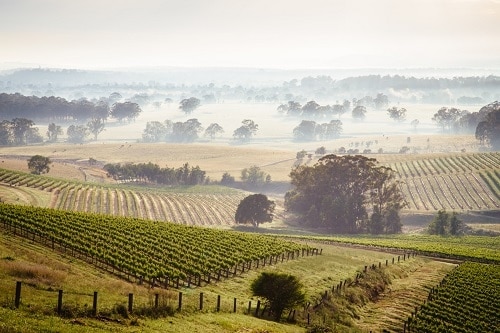Australian Wine Regions: 65 Sub-Regions, Over 2,500 Wineries to Visit
Recently, Wine Australia took to the States with a “Far From Ordinary” roadshow. The event, which housed the largest collection of Australian wineries under one roof in the States visited six cities from New York to San Francisco with the goal of showcasing the diversity of Australian wine regions and grape varieties across the continent. Here’s what we learned.
- Australian Wine Regions: 65 Sub-Regions, Over 2,500 Wineries to Visit
- 65 Australian Wine Regions, Over 2,500 Wineries
- Top 15 Wine Regions in Australia to Visit
- Australian Wine Grape Varieties
- Thinking Outside the Box – Unexpected Varietals Finding Success in Australia
- Food Pairing Australian Wines – Try Something New
- Frequently Asked Questions about Australia's Wine Regions
65 Australian Wine Regions, Over 2,500 Wineries
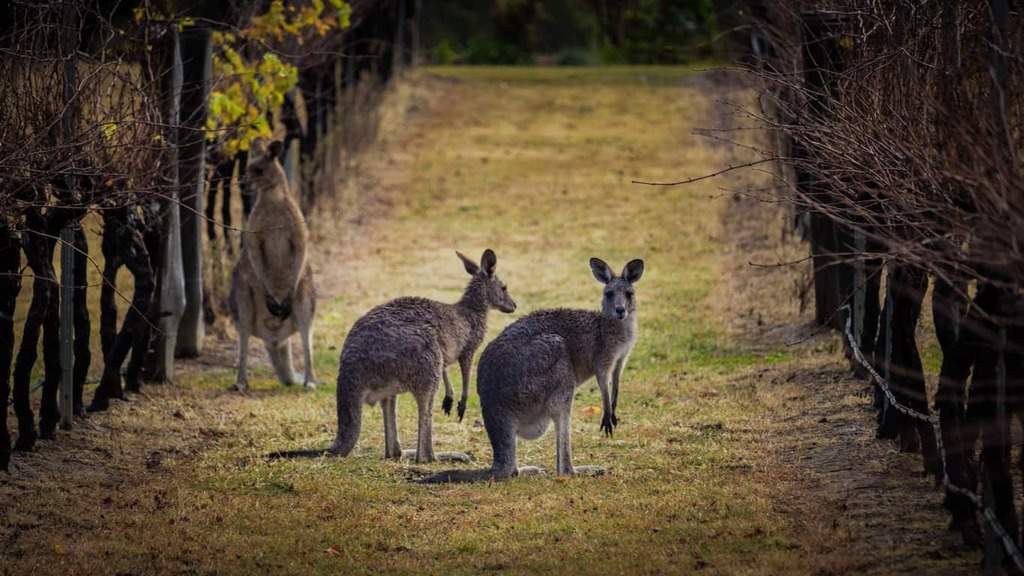
Australia is vast. With 65 wine regions and more than 2,500 wineries, it’s a number that doubled from 1995 to 2005 while at the same time the number of vineyard plantings tripled. It’s also important to note that the land Down Under is one of only two countries in the world whose vines were not entirely destroyed by the phylloxera epidemic in the late 1800s.
In other words, vines dating back to the 1840s are still in existence. Now that is an “old vine” designation if there ever was one!
Top 15 Wine Regions in Australia to Visit
It would be impossible and exhausting to cover all of Australia’s 65 wine regions in this guide. For the sake of making information a bit more accessible and to give you a bit of travel inspiration, we’re highlighting the most noteworthy wine regions in Australia that #Winetravelers should consider visiting below.
RELATED: 30 Hilarious (and Real) Place & Town Names in Australia
Note that we intend to cover each of these regions in more detail, including recommended wineries and wine tours within each. For now, here is some travel inspiration to kickoff that feeling of wanderlust.
Barossa Valley, South Australia
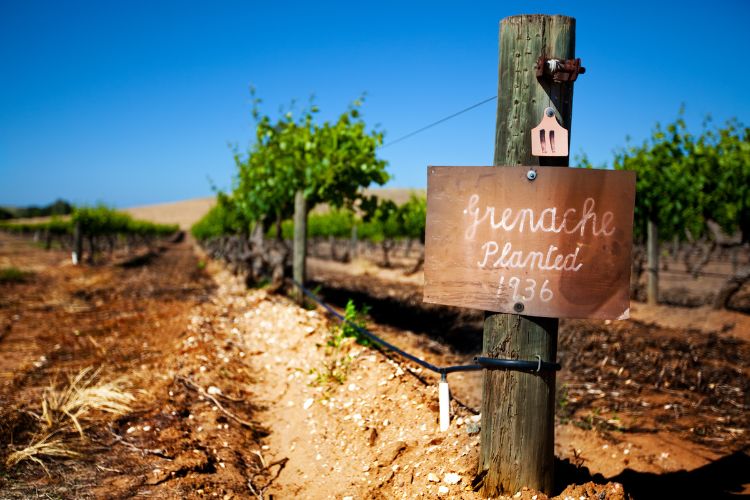
Barossa Valley is one of Australia’s oldest and finest wine regions, renowned for producing world-class Shiraz and Grenache. Located just 60 kilometers northeast of Adelaide, it’s a region that blends rich heritage, proud traditions, and exceptional vineyards. A visit to Barossa is not just about wine tasting; it’s about immersing yourself in a true cultural experience, from its historical buildings to its inspiring art galleries. The region is home to some of the most prestigious names in the Australian wine industry such as Penfolds, Yalumba, and Peter Lehmann.
RECOMMENDED: Peruse These Barossa Valley Vineyard Resorts
With a Mediterranean climate and an abundant choice of accommodations and fine dining options, Barossa appeals to the #Winetraveler who values an elegant blend of tradition and innovation. The region offers a wide range of experiences, from exploring its beautiful vineyards via hop-on-hop-off winery stops, to its numerous walking trails and parks, to indulging in its rich gastronomic offerings at its numerous gourmet restaurants and farmers markets.
RELATED: These are Some of the Best Barossa Valley Wineries to Visit
Yarra Valley, Victoria
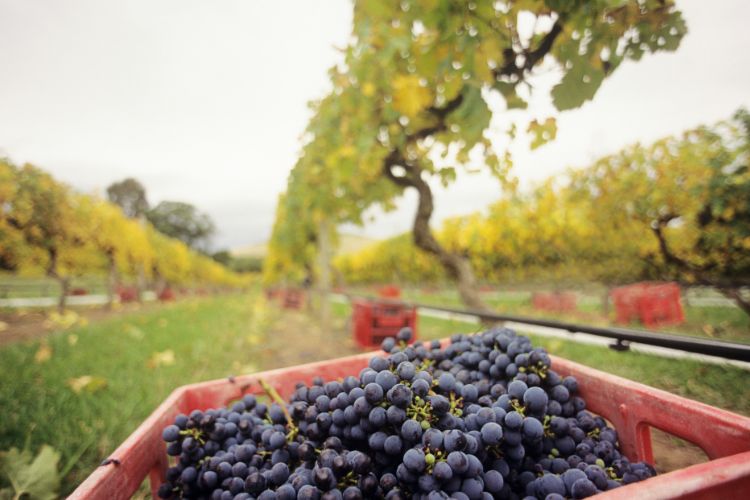
The Yarra Valley, Victoria’s oldest wine region, is renowned for its world-class cool climate wines, particularly its distinctive Chardonnay and Pinot Noir. Just an hour’s drive east of Melbourne, the Yarra Valley’s rolling hills are dotted with over 80 wineries, ranging from small family-owned operations to large estates. Among them, De Bortoli and Domaine Chandon stand out as must-visit spots for wine enthusiasts.
For the wine lovers who relishes diversity, the Yarra Valley offers much more than just wine. The region is home to a flourishing food scene that complements its wines, including artisan cheeses, locally grown fruits, fresh organic produce, and gourmet chocolates. Add to this, the stunning landscapes, with options for hot-air balloon rides (we highly recommend booking this one with Global Ballooning Australia at sunrise), garden tours, and nature walks, the Yarra Valley caters to a broad range of tastes and interests.
Margaret River, Western Australia
Although relatively young compared to its counterparts, the Margaret River region has quickly made its mark in the wine world, accounting for a significant proportion of Australia’s premium wine market. Located three hours south of Perth, it boasts over 200 vineyards and 100 wineries, notable for their Cabernet Sauvignon and Chardonnay, along with an emerging portfolio of exciting natural wines.
Margaret River will captivate Winetravelers who crave the combination of fine wine, stunning beaches, and world-class surf breaks. The region is known for its breathtaking coastline, ancient caves, and tall-tree forests, offering an outdoor paradise for adventurers. Its commitment to locally sourced produce and a thriving arts scene adds an enriching layer to the Margaret River experience.
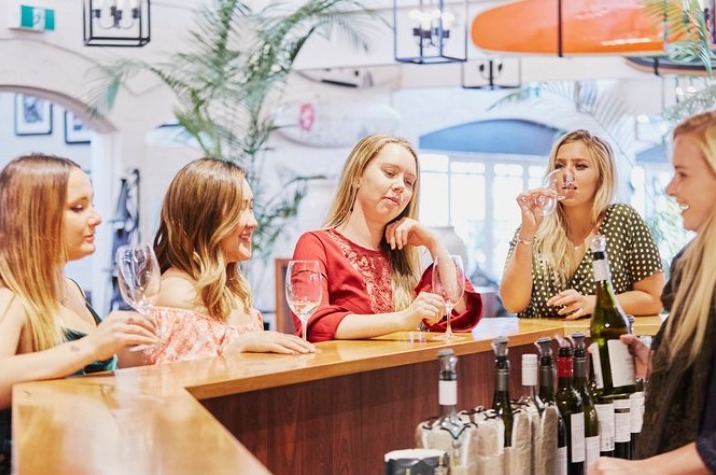
McLaren Vale, South Australia
McLaren Vale is home to some of Australia’s most cherished Shiraz. Located in the heart of South Australia, just 40 kilometers south of Adelaide, McLaren Vale has a wine-making history dating back to 1838 and boasts around 130 wineries, most of them small and family-run, such as d’Arenberg, Coriole, and Alpha Box & Dice.
The #Winetraveler visiting McLaren Vale can expect a wine region that prides itself on its creative spirit, from its innovative winemaking techniques to its passion for environmentally sustainable practices. In addition to its renowned wines, the region offers stunning vistas of vineyards against a backdrop of rolling hills meeting crystal blue seas. Its Mediterranean climate, eclectic mix of restaurants, and pristine beaches make McLaren Vale a diverse destination that effortlessly merges wine, food, and nature.
Hunter Valley, New South Wales
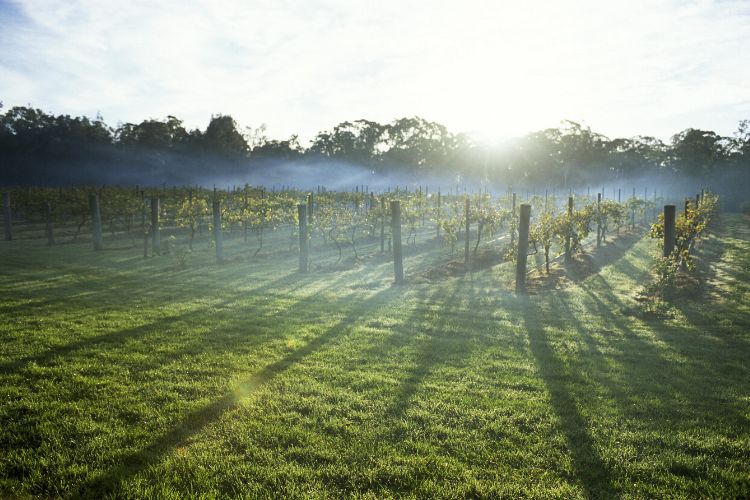
Hunter Valley is Australia’s oldest wine region, revered for its unique, aged Semillon and its rich, earthy Shiraz. Less than a two-hour drive north from Sydney, it offers a wine experience steeped in history with more than 150 wineries, including such historic estates as Tyrrell’s and Lindeman’s.
Expect a warm and welcoming atmosphere in Hunter Valley, with its cozy cellar doors, heritage architecture, and picturesque landscapes. The region is also known for its vibrant food scene, with a strong emphasis on local and artisanal produce, making it an ideal destination for wine lovers who also appreciate exceptional culinary experiences.
In addition to the wine and food, Hunter Valley has a thriving arts scene, stunning golf courses, and luxury spa retreats, offering a holistic travel experience. Book a guided experience with Hunter Valley Wine Tours to really immerse yourself properly.
RELATED: Luxury Wine Hotels & Vineyard Resorts to Consider Staying At
Clare Valley, South Australia
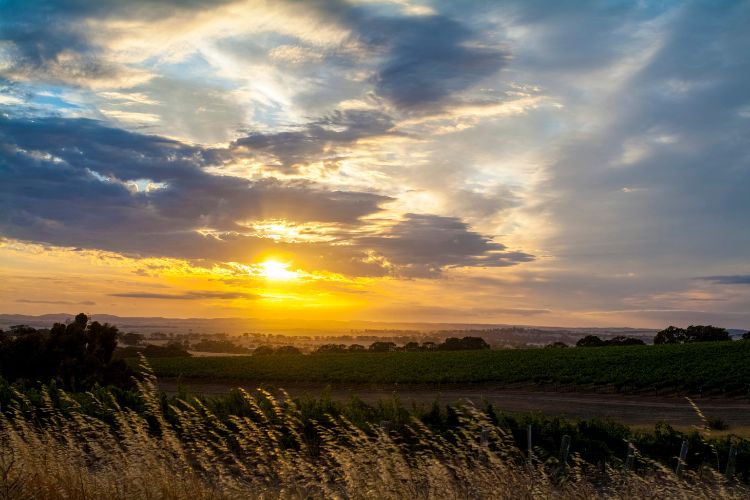
The Clare Valley is a picturesque wine region that lies two hours north of Adelaide. As one of Australia’s oldest wine regions, it’s best known for its Riesling, produced in a style that’s crisp, elegant, and age-worthy. With over 40 cellar doors, the Clare Valley still retains its welcoming, small-town feel. Notable wineries include Sevenhill Cellars, the region’s oldest winery, and Pikes Wines, renowned for its outstanding Rieslings.
For the Winetraveler who appreciates the understated and intimate, Clare Valley’s charm lies in its beautiful scenery, characterized by rolling hills and vineyards, quaint country towns, and art and heritage trails. The region also offers a wide range of dining options, from cozy cafés to gourmet restaurants, many of which champion local, seasonal produce. The Clare Valley is a destination that invites you to take a step back, relax and indulge in the simple pleasures of good wine, food, and nature.
Adelaide Hills, South Australia
The Adelaide Hills region, a mere 20 minutes from Adelaide’s city center, is renowned for its cool climate wines, particularly its complex, aromatic whites like Sauvignon Blanc and Chardonnay. The region is home to over 60 wineries, offering a diverse range of styles from traditional to innovative. Among them, Shaw + Smith and The Lane Vineyard are standouts.
Wine lovers visiting the Adelaide Hills will be enthralled by its stunning landscapes marked by rolling vineyards, orchards, and charming villages. This region offers more than just great wine; it is also home to an eclectic food scene, with an abundance of restaurants, markets, and artisan food producers championing the region’s fresh, local produce. In addition, the abundance of wildlife and scenic trails make it a haven for nature lovers.
Tasmania
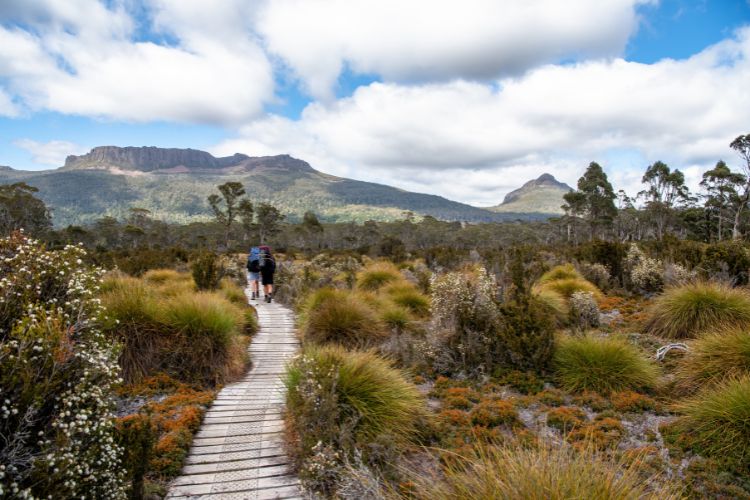
Tasmania, Australia’s only island state, is fast gaining a reputation as a wine region of note, particularly for its exceptional Sparkling wines and cool-climate Pinot Noir and Chardonnay. Its isolated location and cooler climate conditions allow for a longer growing season, which imparts complex flavors to its wines. Some of its notable wineries include Josef Chromy, Moorilla, and Pipers Brook.
Winetravelers diving into Tasmania will be rewarded with stunning landscapes ranging from wild coastlines to dense forests and towering mountain ranges. In addition to its impressive wine credentials, Tasmania is also a hub for gourmet food, with its fresh seafood, artisan cheeses, and local produce. The combination of exceptional wine, food, and natural beauty make Tasmania a unique and enticing destination for the discerning traveler.
RECOMMENDED: Read Our Detailed Guide to Visiting the Tasmania Wine Region + Best Wineries to Visit
Coonawarra, South Australia
Coonawarra, located in South Australia, is renowned for its rich, fruit-driven Cabernet Sauvignon, thanks to its unique terra rossa soil. Despite being a small region, it’s packed with over 20 cellar doors, including such iconic names as Wynns Coonawarra Estate and Penley Estate.
Coonawarra is an appealing destination for the Winetraveler who seeks a relaxed, rural setting to explore high-quality wines. The region’s charm lies in its rural landscapes, historic wineries, and the genuine warmth of its people. For those seeking a slower pace of life, Coonawarra offers a tranquil escape where the focus is on enjoying fine wine and local cuisine.
Mornington Peninsula, Victoria
Just an hour’s drive from Melbourne, the Mornington Peninsula offers visitors a chance to sample exceptional Pinot Noir and Chardonnay amidst beautiful seaside views. This cool-climate region boasts over 200 small scale vineyards and around 50 cellar doors, including popular spots like Port Phillip Estate and Montalto.
Visitors to the Mornington Peninsula can expect more than just fantastic wines. This region is a haven for food lovers, with its many gourmet restaurants and fresh produce markets. Add to that the stunning beaches, scenic coastal walks, hot springs, and an array of outdoor activities, and the Mornington Peninsula makes for a wine region that offers a bit of everything.
Rutherglen, Victoria
Rutherglen, located in the northeastern part of Victoria, is one of Australia’s premier regions for fortified wines, particularly Muscat and Topaque. The region’s wineries, many of which have been in operation for over a century, are proud custodians of some of the world’s rarest, richest, and most enduring wines. Estates such as Morris Wines and Campbells are just two of the must-visit cellar doors in the region.
The Rutherglen experience is a must for the #Winetraveler with a sweet tooth or an interest in historic wine styles. Aside from its legendary sweet wines, the region is known for its rich history, stunning landscapes, and warm hospitality. With its gourmet restaurants, locally sourced produce, and numerous festivals, Rutherglen offers a well-rounded, vibrant wine destination experience.
Granite Belt, Queensland
The Granite Belt, located in southern Queensland, breaks the stereotype of what a typical Australian wine region is. With its high altitude and cooler climate, the region is able to produce outstanding wines from alternative grape varieties such as Vermentino, Nebbiolo, and Viognier. There are over 40 wineries in the region, with standouts including Golden Grove Estate and Symphony Hill Wines.
The #Winetraveler heading to the Granite Belt will be delighted by its distinct four seasons, unique wine offerings, and the natural beauty of its national parks. Known for its apple production, the region also has a variety of local produce and gourmet products, complementing its exciting wines. The Granite Belt provides a novel Australian wine experience that departs from the traditional and is ideal for explorers and wine adventurers.
Swan Valley, Western Australia
Just a 25-minute drive from Perth, Swan Valley is Western Australia’s oldest wine region, with a wine-making history dating back to 1829. The region is noted for its full-bodied reds, notably Shiraz and Grenache, and its complex, age-worthy Chenin Blanc. Its close proximity to the city and wide array of wineries like Sandalford and Mandoon Estate make it an easily accessible destination for wine lovers.
Swan Valley offers visitors a taste of the good life, with its combination of wine, food, and art. The region is well known for its fresh produce, artisanal food, and craft beer, providing a gastronomic delight for visitors. Its stunning landscapes, dotted with vineyards and bounded by the Swan River, provide the perfect backdrop for a relaxed wine journey.
Canberra District, New South Wales
The Canberra District, spread over New South Wales and the Australian Capital Territory, is one of Australia’s up-and-coming wine regions. While it’s a newer player on the scene, its cool-climate wines, notably Riesling and Shiraz, are quickly gaining recognition. The region is home to over 30 wineries, including renowned names like Clonakilla and Helm Wines.
The Canberra District offers a refreshing mix of modern city life and rural charm. The region’s strong focus on organic and biodynamic farming practices is reflected in its wines, appealing to those interested in sustainable viticulture. Combine this with its rich local cuisine, stunning landscapes, and close proximity to the national capital’s cultural attractions, and you have a dynamic wine destination.
Great Southern, Western Australia
The Great Southern is Australia’s largest wine region by area, spanning five distinct sub-regions. Known for its diverse climate and geography, the region produces a range of wine styles, with Riesling, Chardonnay, Cabernet Sauvignon, and Pinot Noir among the stars. Some of its notable wineries include Howard Park, Plantagenet Wines, and Frankland Estate.
For adventurous Winetravelers looking for a diverse and exploratory wine journey, the Great Southern is an ideal destination. From its rugged coastline and towering forests to its rich farmland, the region offers a variety of natural attractions to complement its wine experiences. Its emerging food scene, characterized by local and organic produce, along with its growing reputation as a wine region of excellence, make the Great Southern a compelling destination for the wine explorer.
Australian Wine Grape Varieties
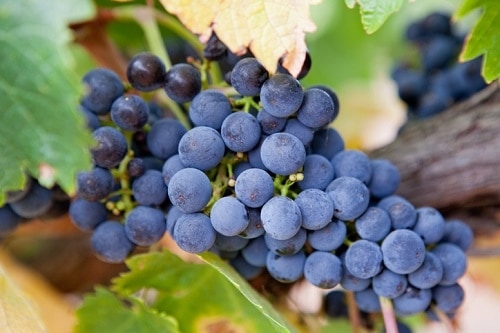
For many of us, when it comes to Australian wines, the most well-known varietals include Shiraz, Cabernet Sauvignon, Riesling, red blends, and Chardonnay. However today, you can also find a wide variety of international and Mediterranean grape varieties. In fact, over 100 varieties can be found from Southern Queensland to Tasmania and from the Margaret River to the Hunter Valley.
This growing surge of Mediterranean grape plantings reflects the increased awareness and knowledge of the viticulturists and winemakers who are less interested in trends, but rather what is most well-suited to Australia’s climate and geography.
The Terroir of Australia
As for Australia’s distinctive terroir, the climate varies across the continent, but the vast majority of growing regions have warm to hot climates owing to global latitude. That said, the proximity of many of the regions to seas and rivers, or the elevation of the vineyard, allow for a range of temperature and weather conditions. Australia also has some of the most diverse soil types ranging from the rich, terra rossa soil of the Coonawarra to the dolerite and basalt soils of Tasmania. Both types offer stony, shallow, free-draining and warmth suitable for long ripening periods.
Given the unique climates and advantageous growing conditions, Australia’s diversity is poised to grow as viticulturists and winemakers continue to explore new regions, grape varieties and wine styles.
Thinking Outside the Box – Unexpected Varietals Finding Success in Australia
As for some of those new varieties found throughout Australia, I spoke with Mark Davidson, Wine Australia’s Head of Education, both about the grapes found across the country as well as some interesting wine and food comparisons we may not otherwise have considered. Let’s begin with some of the “alternative” grapes taking hold in Australia:
- Tempranillo – Spain’s most famous red wine grape has seen a dramatic increase in plantings in Australia over the past two decades. The top regions for Tempranillo include Riverland, Murray Darling, Barossa Valley, and Riverina.
In addition to the increased plantings, according to Davidson, “Winemakers are now playing with it and coming into their own with beautiful Australian versions of this Spanish mainstay.”
- Vermentino – Most often found in the Italian Riviera, this floral white wine has nearly doubled in plantings in the last five years with vineyards found in Murray Darling, Riverland, Barossa Valley, and Riverina. Davidson also notes plantings of Vermentino in McLaren Vale along with another Southern Italian grape variety, Fiano.
- Nero d’Avola – A red wine grape with origins in Sicily, Nero d’Avola sits at approximately 80 hectares of planting at last count in 2015. A number that had doubled from the data collected in 2012. The majority of Nero d’Avola vineyards can be found in the flatlands of Riverina, the largest wine-producing region in New South Wales.
- Sangiovese – Italy’s most famous grape, has also found a foothold in Australia, specifically in Murray Darling and Riverina, with additional plantings across the continent.
“These new, fun varieties are an exciting piece of the Australian wine puzzle,” said Davidson. “We’re ahead of the curve in many ways, from technology, to vineyard plantings. It’s exciting to see where this will go, but the answer is in viticulture.”
- Pinot Gris (Pinot Grigio) – Although technically a clone of Pinot Noir with a color mutation, this grape variety is best known as Pinto Grigio in northern Italy, or Pinot Gris, a noble grape in Alsace, France. In Australia, most notably Riverina, this grape now accounts for nearly 8% of white wine plantings, which has jumped from 330 hectares in 2004 to more than 3,700 hectares in 2015.
Other Italian varieties now found in Australia include Piedmont’s Nebbiolo, Umbria’s Sagrantino and even Montepulciano, best known from Abruzzi where it is known as Montepulciano d’Abruzzo. Davidson notes several Spanish and Portuguese varieties are also being planted including Rioja’s Graciano and Bierzo’s Mencia, as well as Touriga Nacional from Portugal’s Dão region to Verdelho commonly associated with Madeira. Additionally, he says several Greek varieties have also been growing in Australian nurseries, which can be expected to be found in vineyards in the next decade.
Food Pairing Australian Wines – Try Something New
As highlighted by the namesake roadshow, Australia is far from ordinary when it comes to all things wine. The diversity of regions and wines, the winemaking technology and the trends in vineyard management are not only rendering high-quality and premium wines, but also demanding a place on the world stage and at the global table for Australian wines.
With the vast array of quality Australian wines on the market, it’s time to begin educating ourselves on the various regions, styles and producers. So instead of reaching for an “Australian Shiraz,” perhaps it’s time to consider a Grenache from Barossa Valley or McLaren Vale, or a Pinot Noir from Mornington Peninsula and to help get started, Davidson provided a few food and wine pairings as a place to begin:
- Peking Duck with a sparkling Shiraz from the Victoria region which produces sparkling wine in the traditional Champagne method.
- Grilled meats – chicken, pork, beef – with a Grenache from the McLaren Vale or Barossa Valley. Many winemakers are producing Grenache using Pinot Noir winemaking techniques — such as whole cluster fermentation. These wines are food friendly and have an umami quality well-suited to grilled meats – or better still, try one with pastrami and rye.
- Lobster, Dungeness crab or other shellfish with a Margaret River Chardonnay. The stone-fruit and lemon flavors, and high acidity complement the sweet, buttery seafood dishes. It’s a classic pairing.
- Thai or Vietnamese cuisine pairs with any number of spicy wines with soft fruit and lower tannins coming from Australia. If desiring a white wine, a Riesling from Eden or Clare Valleys is the obvious choice, but the texture of a McLaren Vale Vermentino or Fiano lends well to the cuisine just as well. As for red wines, consider a McLaren Vale Mencia, a Barossa Valley Grenache, or a Nero d’Avola from Riverland.
The possibilities are endless and as Davidson says, “It’s an exciting time for Australian wines. We still have big, full-body wines, but you’ll also find many wines drinking lighter, with a freshness and vitality uniquely expressive of Australia’s energy. They are wines that work with so many cultural cuisines and it’s always fun experimenting.”
Frequently Asked Questions about Australia’s Wine Regions
More Ways To Discover Australia’s Wines & Regions
Why is Australia So Synonymous With Shiraz?
All About Australia’s Barossa Valley Wine Region
How To Spend 3 Days in Barossa Valley Australia
Canberra: Discover Great Wine & Hunt Truffles in Australia
4-Day Scuba Diving Itinerary on The Great Barrier Reef
Yarra Valley Wine Region Itinerary & Travel Guide
McLaren Vale Australia Wine Tasting Itinerary • How To Spend 2 Days
You are reading “Australian Wine Regions: Top Regions to Visit, Taste & Tour” Back To Top
Australian wine guide, wine regions in Australia, best Australian wine regions to visit: travel destinations in Australia
If you enjoyed this guide, make sure you register to become a Winetraveler for free! You’ll get access to all of our content and interact with other Winetravelers and for travel inspiration around the world. Be sure to follow along with us on Twitter and Instagram as we continue to feature more exciting destinations.
